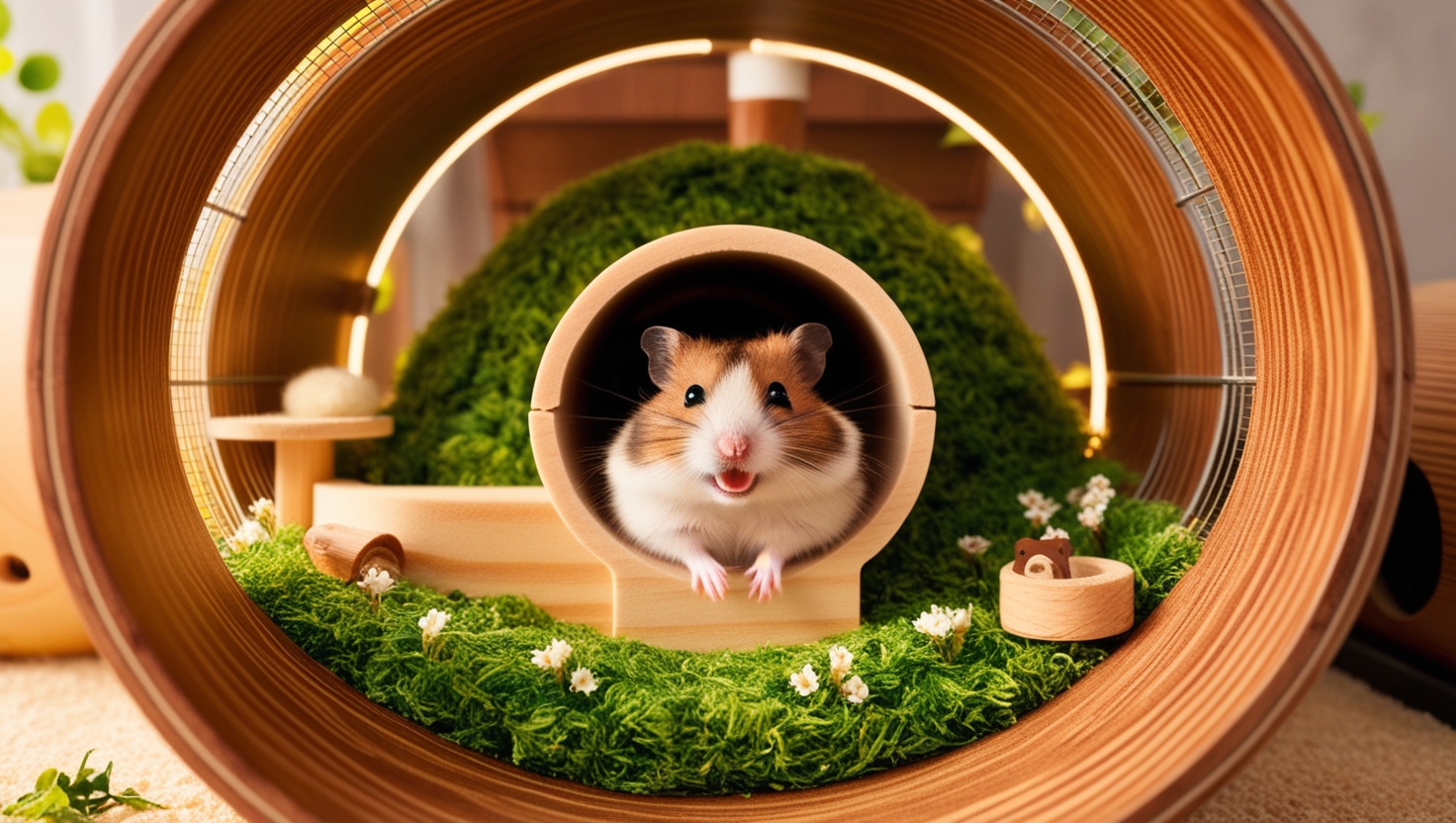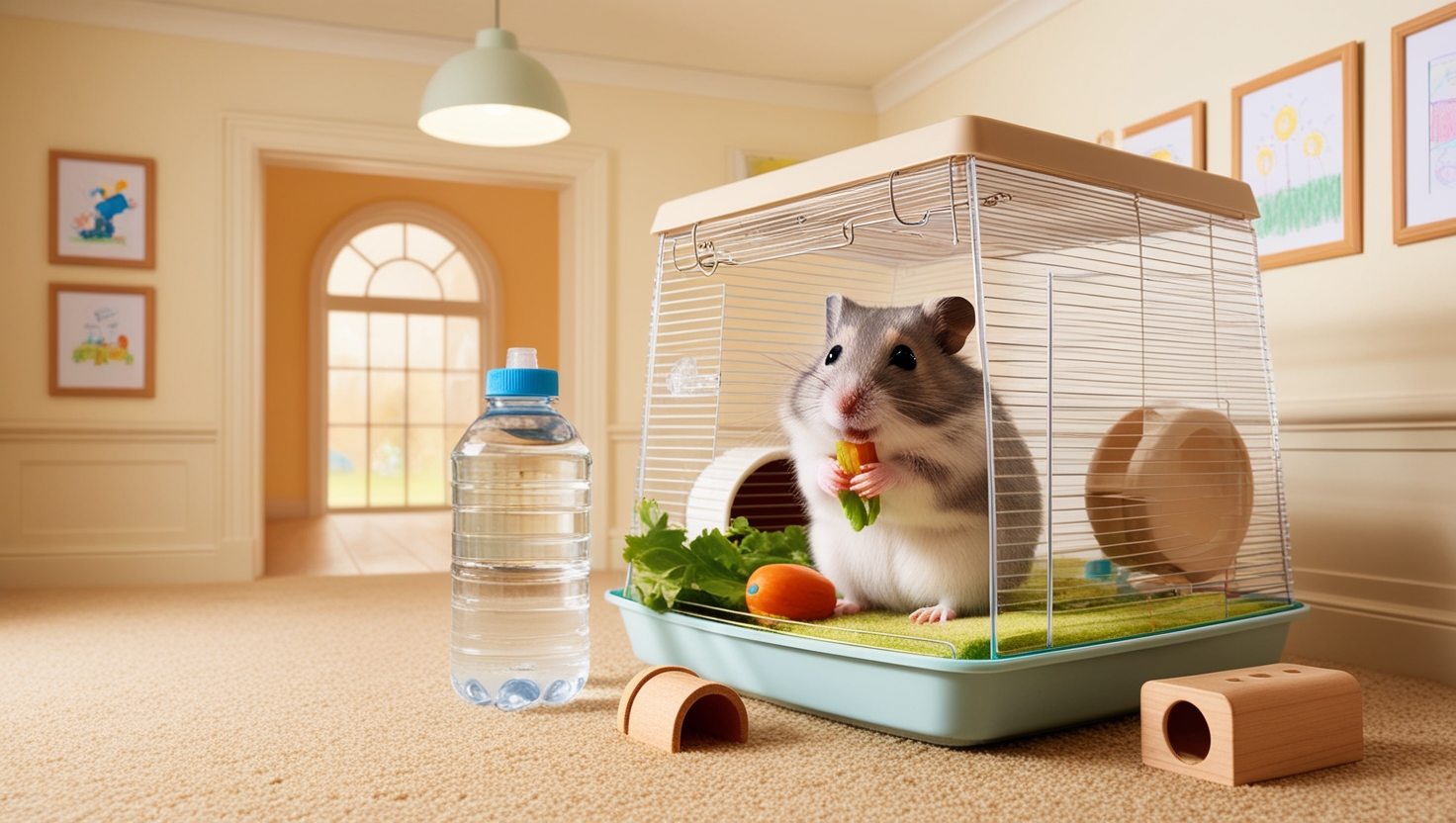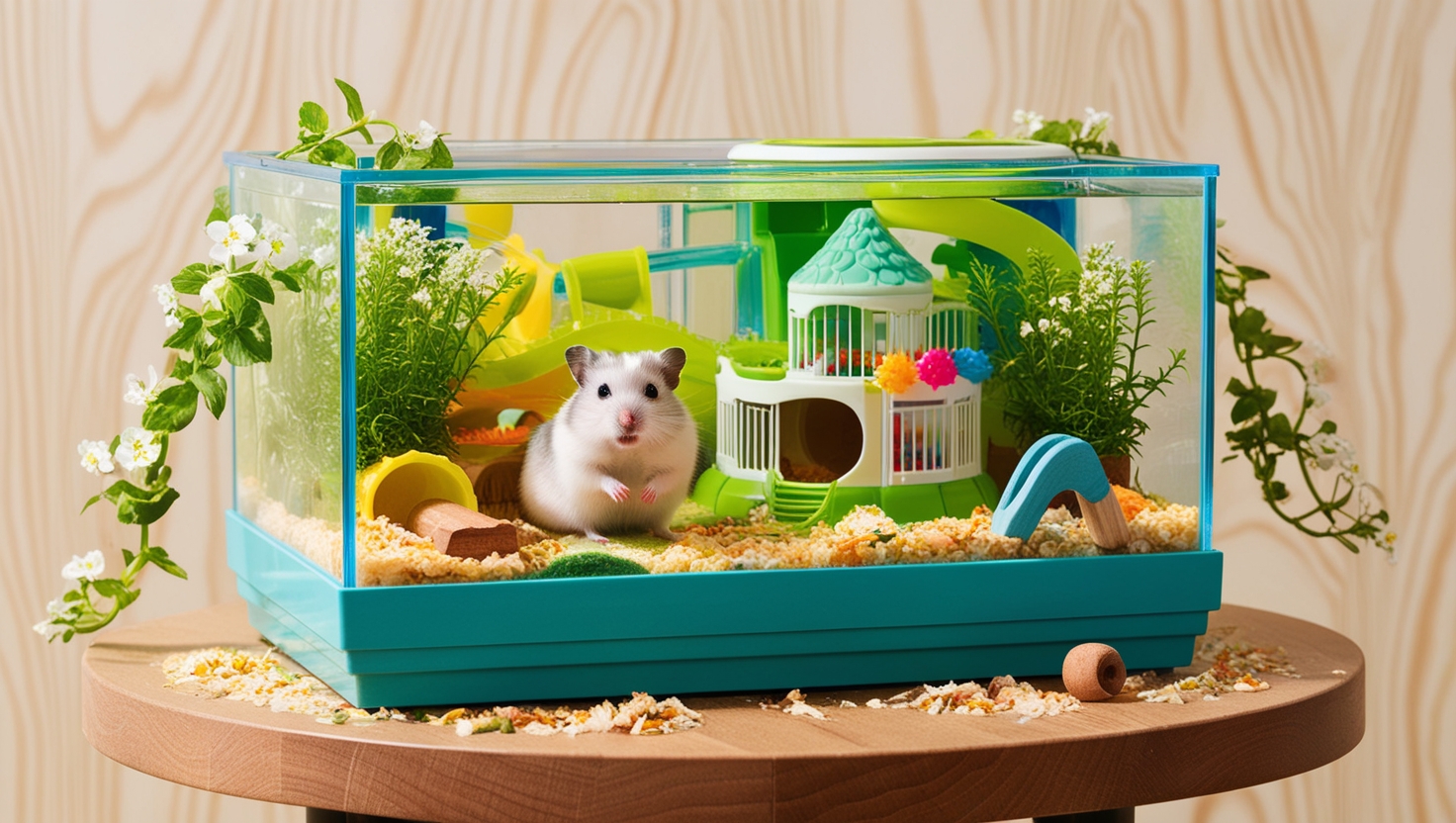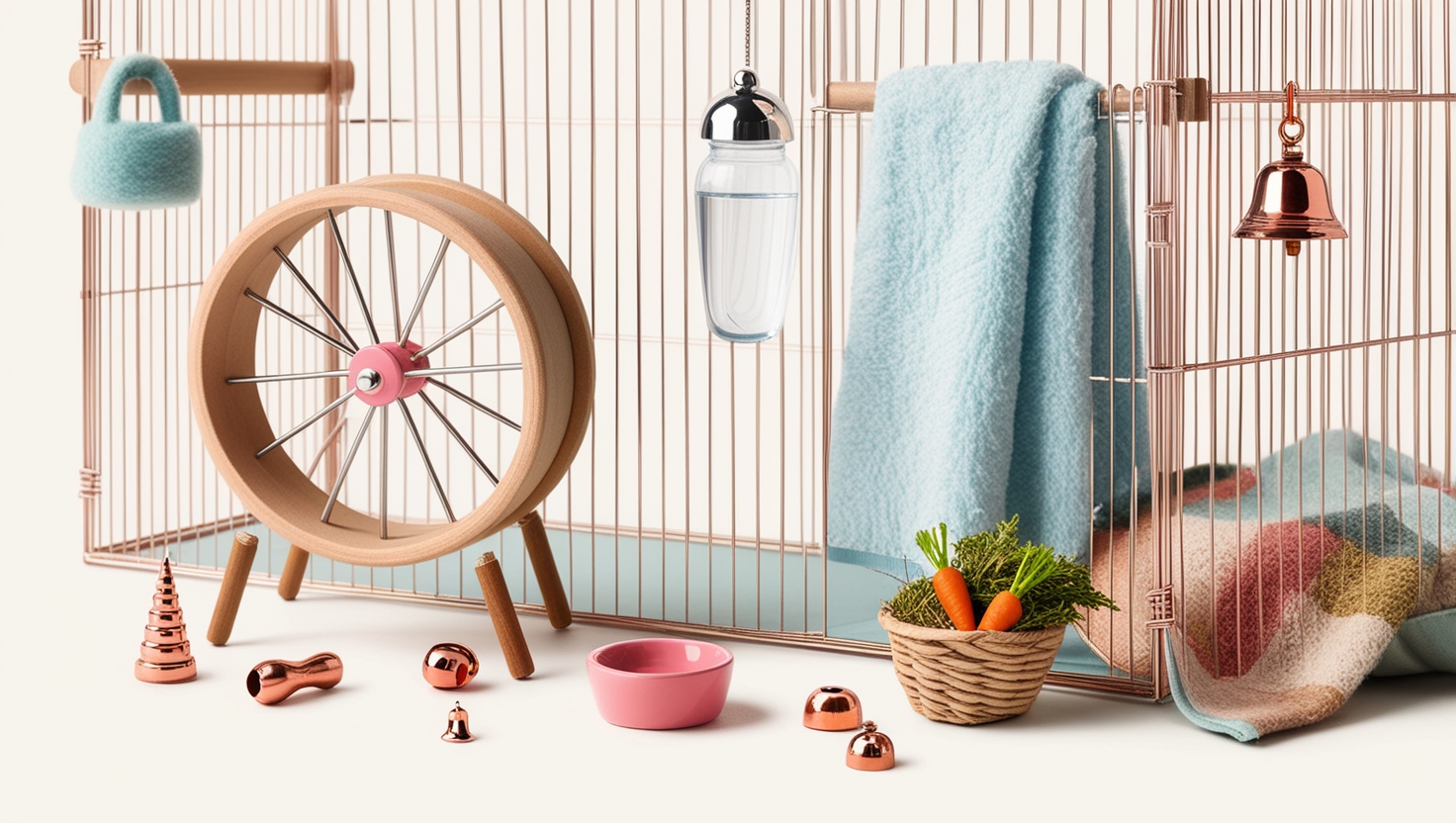So, you’re thinking about welcoming a hamster into your life? That’s fantastic! As a seasoned hamster parent and advocate for these furry little guys, I can tell you firsthand that one of the best decisions you can make for your new buddy is opting for a bin cage.
Why Bin Cages? A Hamster Parent’s Perspective
Now, I’ll be honest, when I first started out, bin cages didn’t exactly scream “luxury hamster living” to me. I mean, a giant plastic tub? But let me tell you, practicality and experience have a way of changing your mind!
Bin cages are especially perfect for beginners on their #hamstercarejourney. Not quite sure where your hamster’s permanent residence will be? A bin cage buys you time and flexibility. Plus, for apartment dwellers like me, they’re a lifesaver when moving day rolls around!
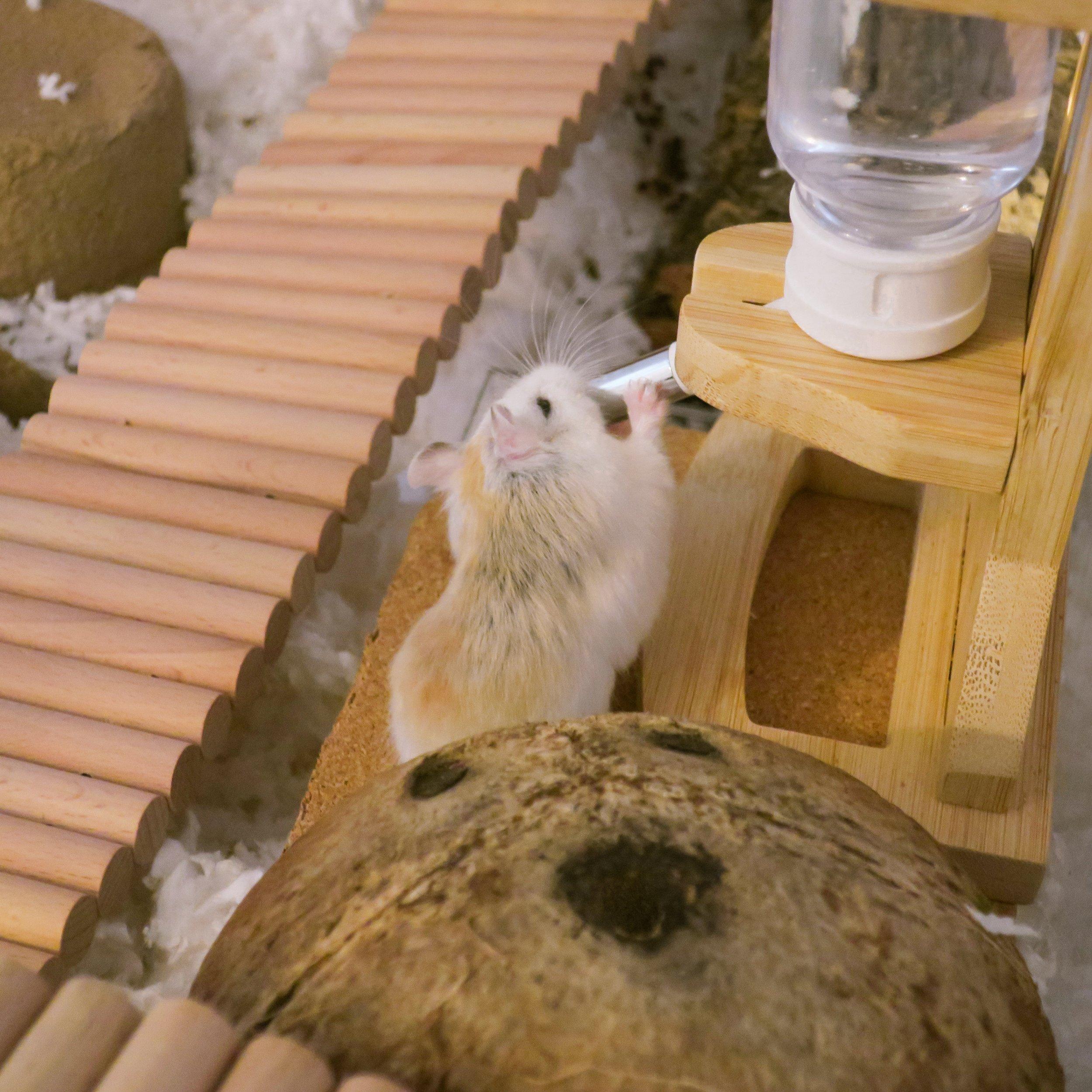 IMG_6571.jpg
IMG_6571.jpg
Alt: A happy hamster enjoying its spacious bin cage.
But here’s the best part: you can transform that simple bin into a stimulating and enriching hamster haven. Seriously, check out some of my hamster enclosures – you’ll be amazed at the possibilities!
DIY Delight: Crafting the Perfect Bin Cage Lid
The good news is that setting up a bin cage is mostly a breeze. The only real DIY aspect is creating a secure lid. Why? Well, for starters, I strongly advise against meshing the sides of the bin. It limits bedding depth and creates chewable escape routes for your tiny Houdini!
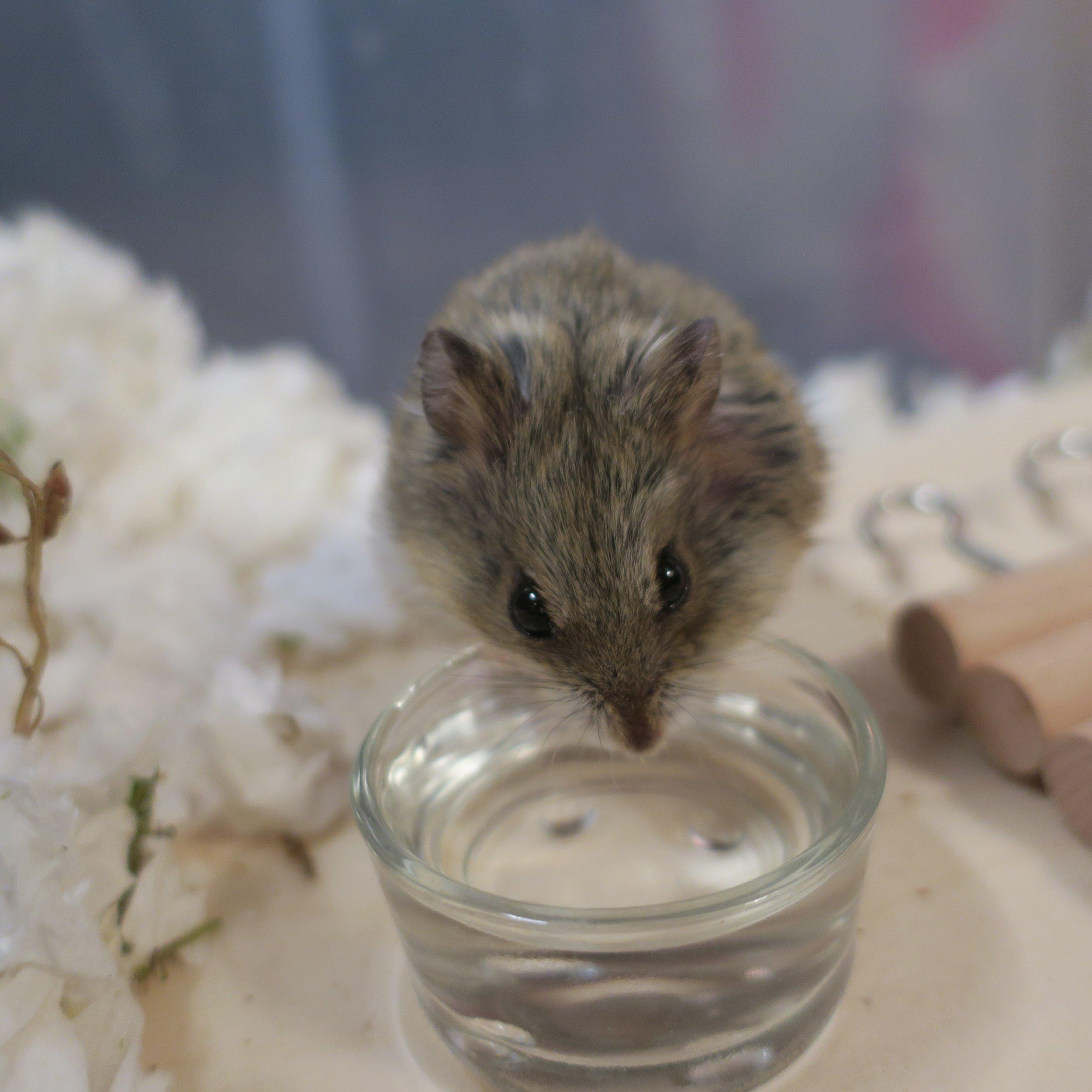 IMG_6628.jpg
IMG_6628.jpg
Alt: A close-up of a secure bin cage lid made with wire mesh.
So, focus on crafting a well-ventilated lid with sturdy hardware cloth. Trust me, those tiny air holes drilled into the lid just won’t cut it for proper ventilation.
To Lid or Not to Lid? Considerations for Hamster Safety
Now, you might be wondering, “Do I really need a lid?” While dwarf hamsters aren’t known for their climbing prowess, I’d still recommend a lid, especially for new hamsters. Here’s why:
- Escape Artists: New hamsters can be skittish. A lid prevents potentially dangerous falls from heights.
- Unexpected Climbers: Some dwarf hamsters surprise us with their athleticism. A hanging water bottle, for example, could become an escape ladder!
- Syrian Hamsters: Syrian hamsters are natural climbers and require secure lids.
- Household Hazards: A lid protects your hamster from curious pets or young children.
Remember, it’s always better to err on the side of caution when it comes to your hamster’s safety.
Choosing the Right Bin: Size Matters
Finding the perfect bin is easier than you think! I’ve got a whole list of recommended bins on my enclosure page, but I’m particularly fond of the spacious 200-quart bin or the festive Christmas Tree Bin (a holiday season gem!).
While the 100-quart bin can work as a temporary solution, it’s just too small for long-term hamster happiness.
Bin Cage Lid 101: Your Step-by-Step Guide
Ready to put on your DIY hat? Creating a bin cage lid is simple, and I’ve rounded up some fantastic tutorials to guide you.
Cloverline Hamstery on Instagram has a super easy-to-follow method. Check out her highlighted story here!
You can also find an in-depth tutorial by Munchie’s Place for Homeless Pets on YouTube. She provides a comprehensive list of supplies, all of which can be found at your local hardware store or online.
Here’s a quick rundown of what you’ll need:
- Safety Glasses
- Safety Gloves
- Hardware Cloth (gauge 19 or 23)
- Permanent Marker
- Wire Cutters
- Needle Nose Pliers
- Oscillating Tool (or Dremel/Utility Knife)
- Drill
- Zip Ties (clear work best)
- Deburring Tool
- Ruler
- Duct Tape (optional, for covering sharp edges on the outside of the lid)
More Bin Cage Inspiration: Get Creative!
HammyTime on YouTube is another fantastic resource for bin cage inspiration. Her video on using the Iris Christmas Tree Bin is pure genius!
Remember, creating a stimulating and enriching environment is all about providing your hamster with plenty of space to burrow, explore, and thrive.
Have fun setting up your bin cage, and don’t hesitate to share your creations and experiences with me in the comments below!



